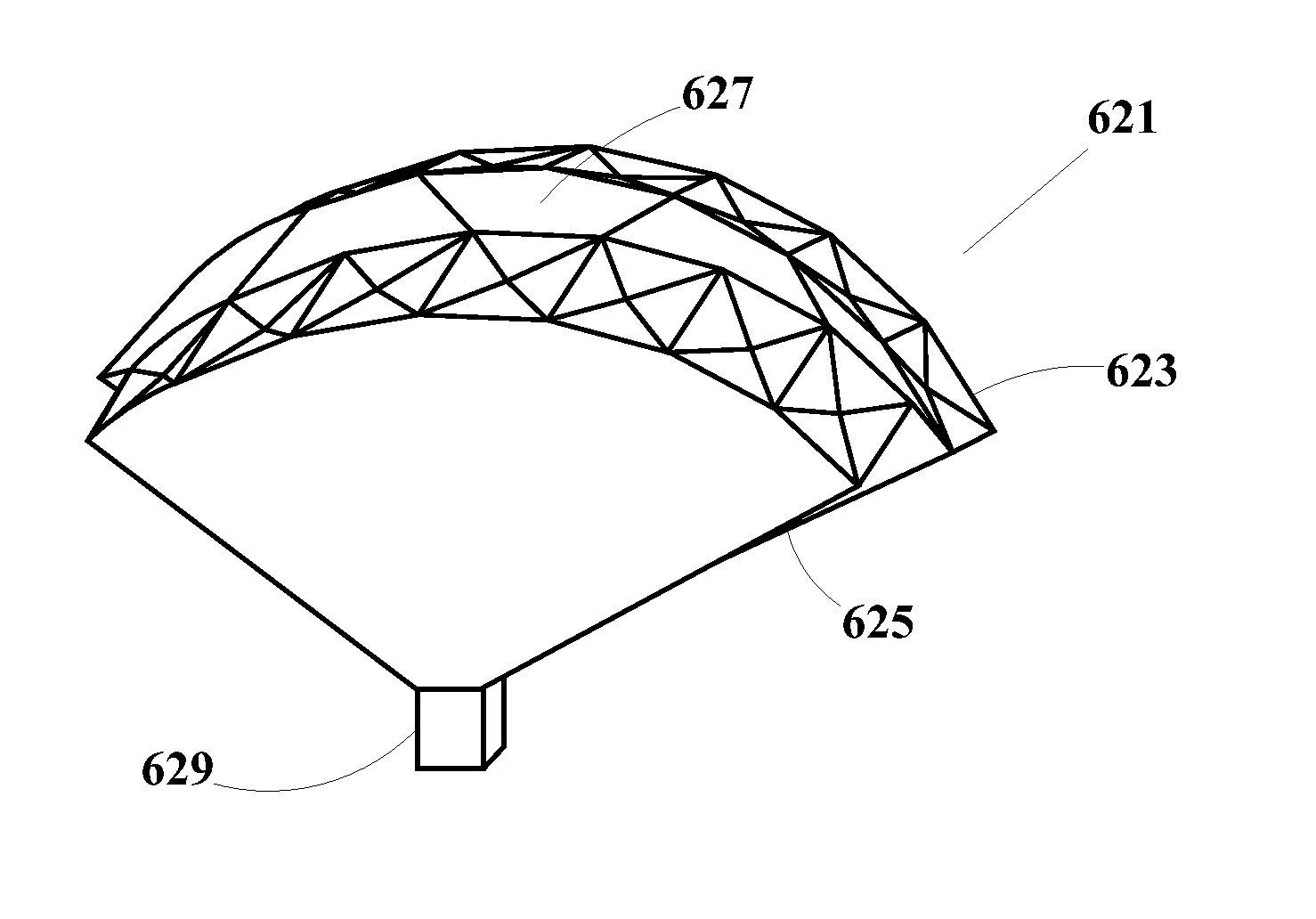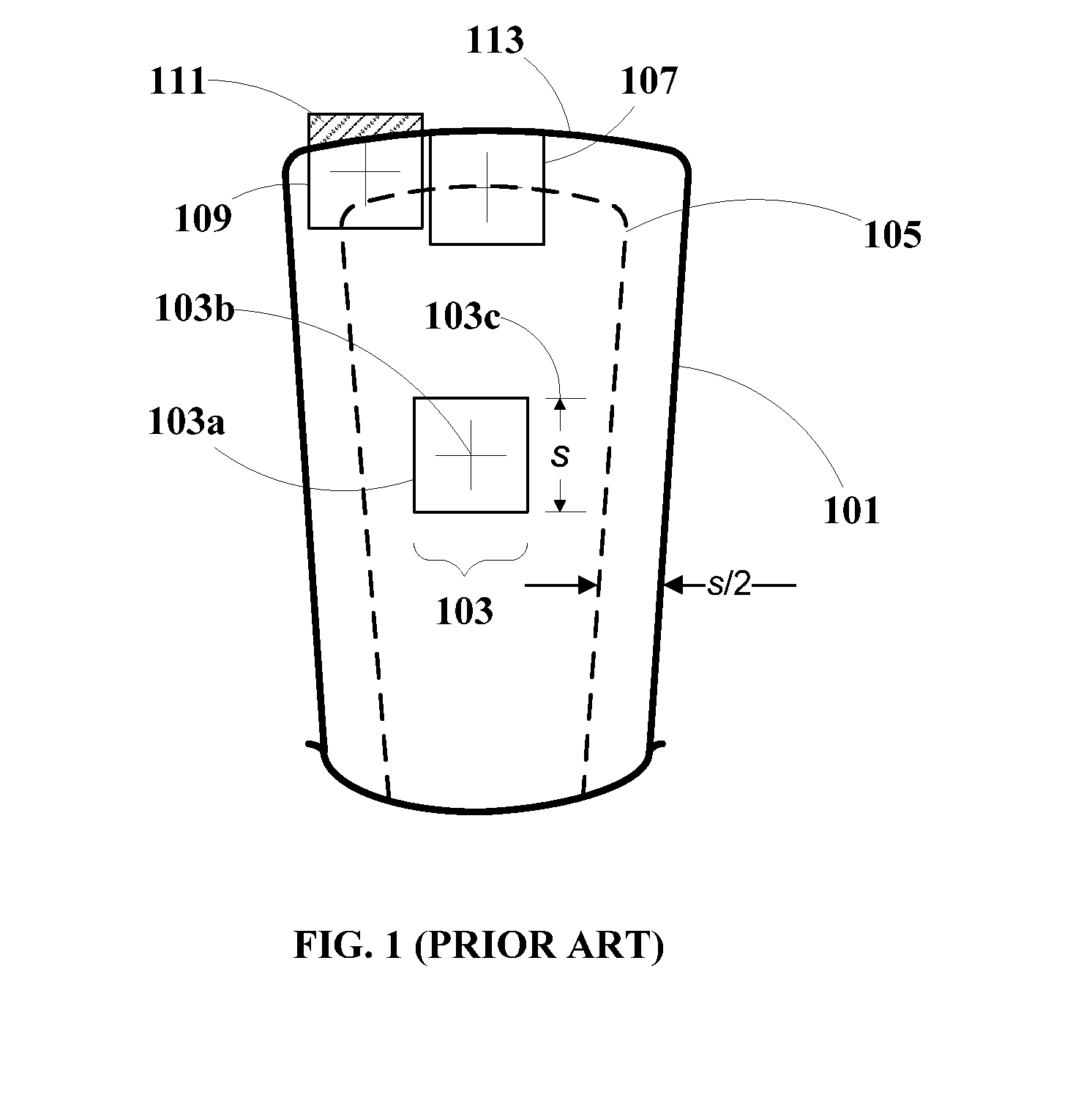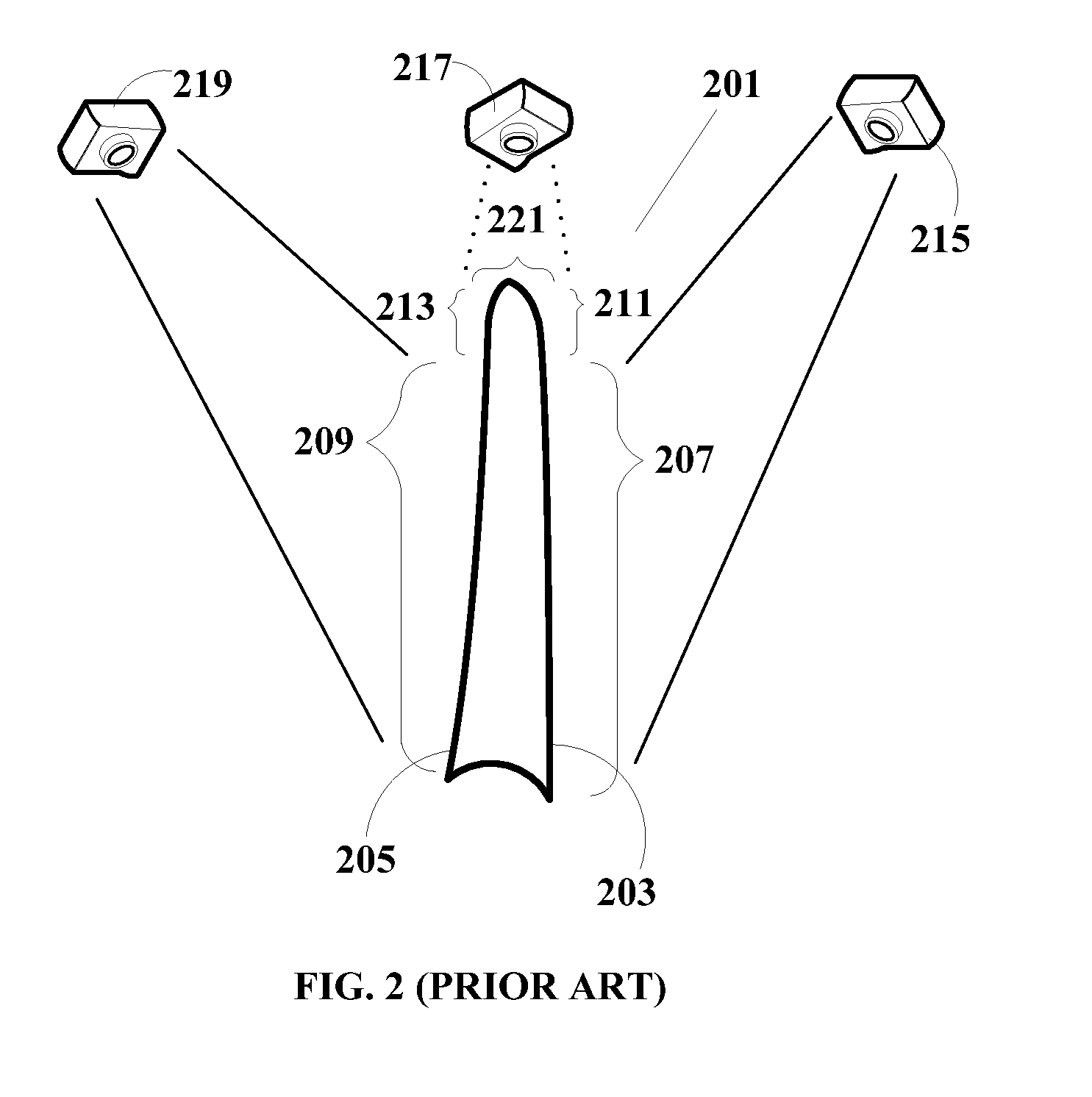Supplemental scene reference surface devices for three-dimensional mapping
a three-dimensional mapping and reference surface technology, applied in the field of computerized modeling of three-dimensional objects, can solve the problems of inability to stitch together the 3d model and the incomplete portion of the 3d model, and achieve the effect of more accurate positioning information
- Summary
- Abstract
- Description
- Claims
- Application Information
AI Technical Summary
Benefits of technology
Problems solved by technology
Method used
Image
Examples
Embodiment Construction
[0112]The principles and operation of a method according to the present invention may be understood with reference to the drawings and the accompanying description.
Reference Surface Device for Locating the Position of an Intra-Oral Feature
[0113]In the detailed description, numerous specific details are set forth in order to provide a thorough understanding of the invention. However, it will be understood by those skilled in the art that these are specific embodiments and that the present invention may be practiced also in different ways that embody the characterizing features of the invention as described and claimed herein.
[0114]FIG. 4 illustrates a reference surface device 400 according to an embodiment of the present invention, having position and orientation indicia, for precisely locating the position of an intra-oral feature. These indicia provide precise optical reference points for determining the location of a specific point in the intra-oral scene, such as a point on an in...
PUM
 Login to View More
Login to View More Abstract
Description
Claims
Application Information
 Login to View More
Login to View More - R&D
- Intellectual Property
- Life Sciences
- Materials
- Tech Scout
- Unparalleled Data Quality
- Higher Quality Content
- 60% Fewer Hallucinations
Browse by: Latest US Patents, China's latest patents, Technical Efficacy Thesaurus, Application Domain, Technology Topic, Popular Technical Reports.
© 2025 PatSnap. All rights reserved.Legal|Privacy policy|Modern Slavery Act Transparency Statement|Sitemap|About US| Contact US: help@patsnap.com



